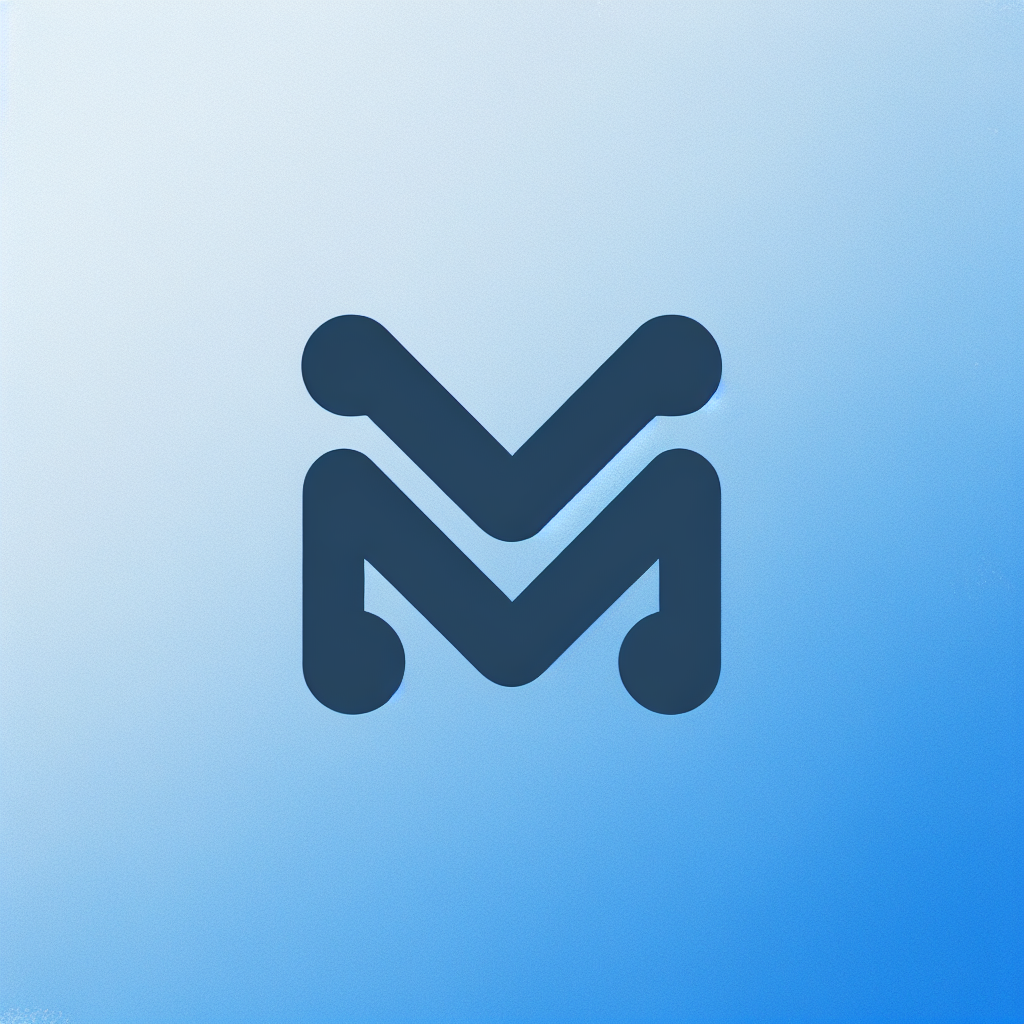Markdown Logo: The Perfect Blend of Simplicity and Functionality
Markdown, created by John Gruber and Aaron Swartz in 2004, is a lightweight markup language designed for readability and easy HTML conversion. It lacks an official logo, but various community-made designs highlight its simplicity and open-source nature, using minimalist styles and geometric shapes.

"Tired of manually formatting your Markdown? Try our free, one-click Markdown converter and simplify your writing workflow today!"
Markdown is a lightweight markup language, developed in 2004 by John Gruber and Aaron Swartz, that has rapidly become a standard for writing formatted text. Its primary design goal is to make documents readable while also allowing for easy conversion to HTML and other formats by software. In this article, we'll explore the logo of Markdown, the ideas it conveys, and its design elements.
Design Philosophy of the Markdown Logo
Markdown's logo is not something meticulously designed and promoted by a team, unlike many other software tools. In fact, the founders of Markdown did not create an official logo for it. Because of this, many unofficial logo designs have emerged within the Markdown community, often created by enthusiastic developers and designers and widely shared on platforms like GitHub.
These unofficial logos generally have the following characteristics:
- Simplicity: Markdown's mission is "simplicity is power," so any visual design related to it tends to remain simple and clear. Common designs usually feature just a few simple elements, such as the letters "M" and "D" or basic geometric shapes.
- Open Source Spirit: Many logo designers open-source their design processes, allowing others to contribute and modify. This embodies the open-source spirit of Markdown.
- Recognizability: Logos often use bold colors and simple graphics to ensure they are clearly recognizable in various sizes and backgrounds.
Common Markdown Logo Designs
While there is no official logo, some designs have gained wide recognition in the developer community. Here are some common design styles:
- Minimalist Style:
- These logos often use classic black-and-white color schemes.
- They feature very simple fonts, with the letters "M" and "D" as the main elements.
- The designs often use square or circular frames to ensure consistency across different backgrounds.
- Geometric Shapes:
- These designs use geometric shapes like squares, circles, or hexagons to add visual appeal.
- The color schemes are varied but usually maintain a simple, single-color palette.
- Sometimes, shadows or gradient effects are added to give the logo a modern feel.
- Retro Style:
- Influenced by early computer programming culture, these logos may use a retro pixelated style.
- They might also include some coding elements, such as angle brackets or backslashes, to pay homage to Markdown's programming background.
Although these logos differ in design, they all capture Markdown's core values: simplicity, efficiency, and usability.
Conclusion
Although Markdown does not have an official logo, the variety of unofficial designs has been widely adopted in the community. These logos not only convey the principles of Markdown but also showcase the creativity and open spirit of the developer community. Markdown’s success is driven not just by its straightforward syntax but also by its culture of openness and sharing, inspiring thousands of developers and writers.
In this way, Markdown is more than just a tool; it is a cultural phenomenon. And these diverse logo designs are undoubtedly the most vivid expressions of this cultural phenomenon.



Comments ()